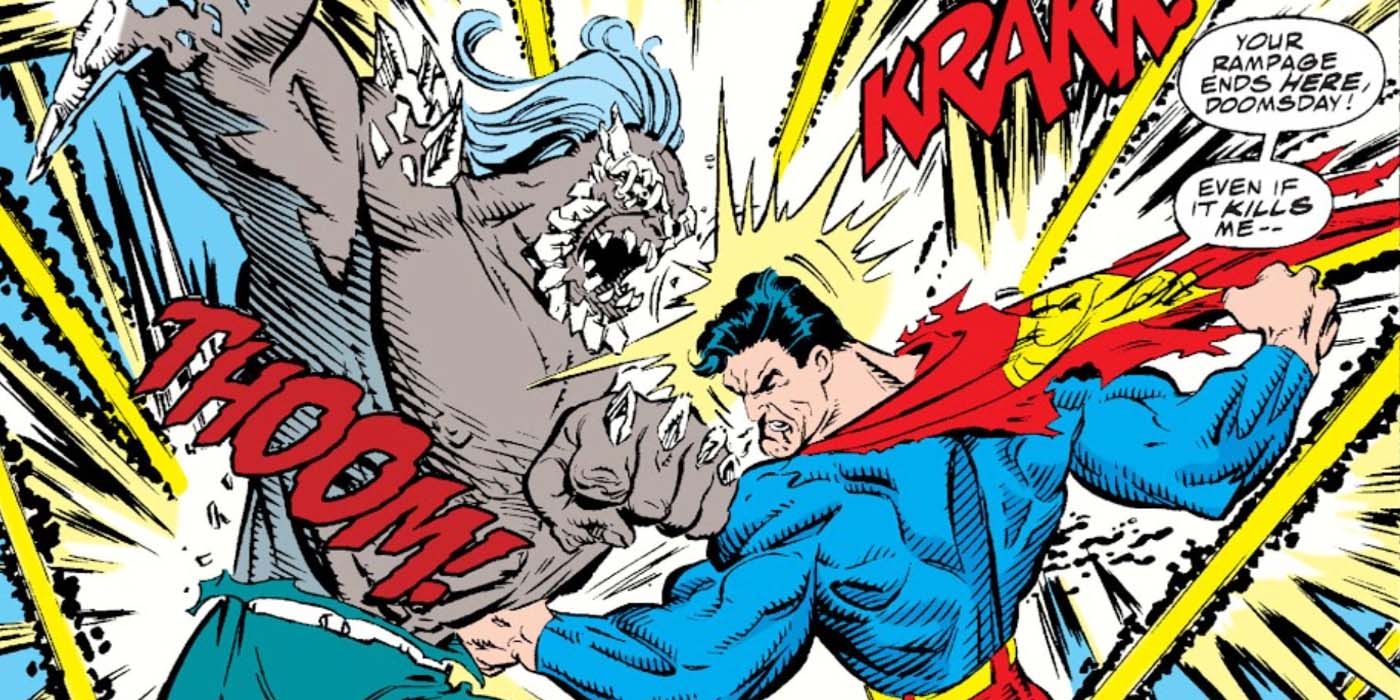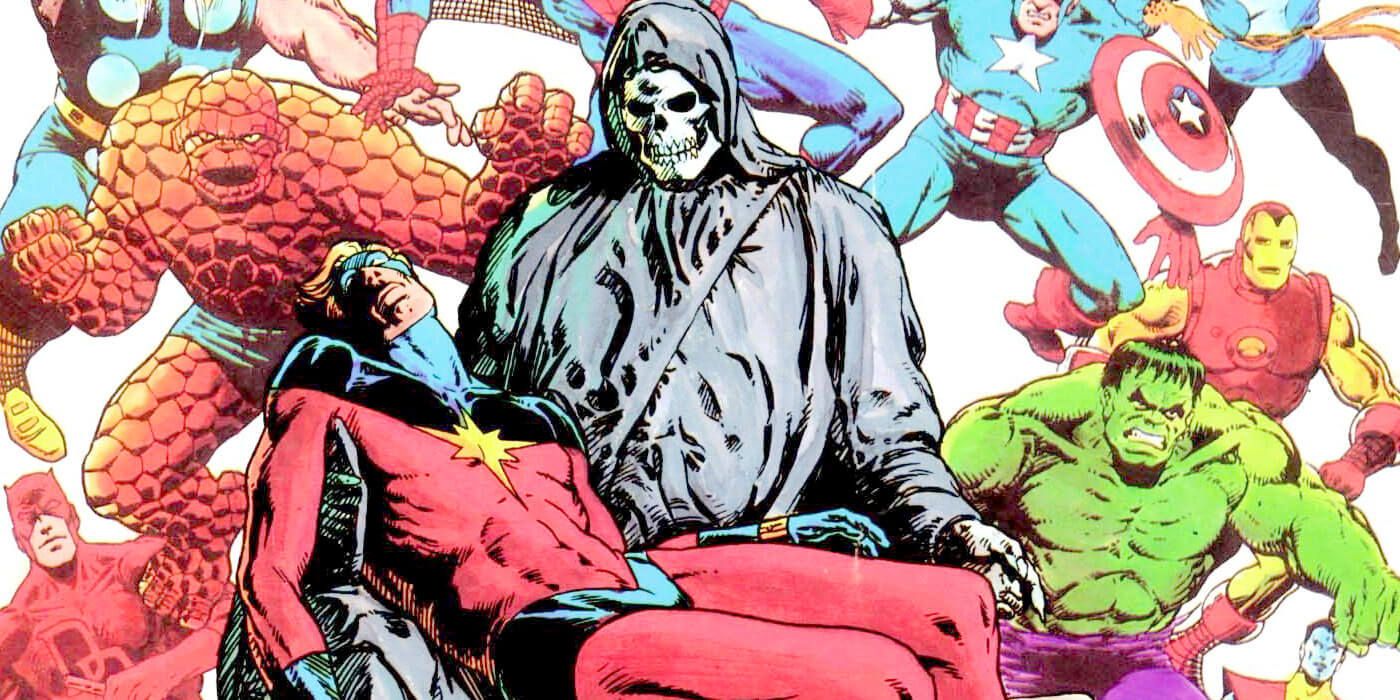Death has been treated differently over the years in comic books. Sometimes it is used as a plot device to drive home the power level of a particular villain. No matter the reason, death has become a trivialized event whose narrative weight has been diminished drastically. Older events like The Death of Captain Marvel (Jim Starlin, Steve Oliff, Jim Novak) showed not only the significance of a major hero dying in the world of Marvel but also the ramifications his demise had on the rest of the superhero community. In1992, DC Comics published The Death of Superman (various collaborators) that really popularized the trend of heroes being killed off only to be resurrected eventually. While at the time it was a ground-breaking story, thirty years later it's a game-breaking event whose legacy is still seen in modern superhero comic books.
In the winter of 1992, writer/artist Jerry Ordway suggested DC should kill off the Man of Steel in a somewhat joking aside. Discussion became more serious as DC's editors and creative talent warmed up to the idea. Eventually, DC conceived that Doomsday, a violent Kryptonian monster, would do what many fans considered impossible and killed the Man of Steel through a violent show of force. While Superman managed to kill the monster as well, trading fatal blows until the very end, he succumbed to his injuries in the arms of his beloved Lois Lane while the world watched on in shock and horror. The symbol of peace, justice, and the American way was no more and the world lost their greatest protector -- until they didn't. For approximately a year of real-world time, Superman stayed dead until the Return of Superman event brought the Big Blue Boy Scout back to life.
After Superman came back to life, both DC and Marvel increasingly used the "temporary death" trope. Killing off a popular character would boost sales temporarily. But if they stayed dead for too long, reader interest, and by extension sales figures, would suffer in the long-term. An event like The Death of Superman set the template for the publishing and marketing of a major superhero death storyline. Soon after the event and its massive sales, characters began to come back to life through various arcs and plot devices. Long dead characters like Jason Todd and Bucky Barnes made tragic returns as darker versions of their past selves, and even Barry Allen himself returned to life after his heroic sacrifice during Crisis On Infinite Earths #8 (by Marv Wolfman, George Perez, Jerry Ordway, John Costanza). Superman returning to the land of the living caused a ripple effect that removed the permanent aspect of death almost entirely, and the list of reversed deaths is virtually endless.
The impermanence of death in comics has been utilized for so long now that not only do fans know their favorite characters will always come back to life eventually, but it's also become an overplayed storytelling device. For example, The Death of Wolverine from Marvel Comics did move a significant amount of issues but also proved fan's objections to the death as seen through various reader response formats. When someone knows that a character's demise isn't going to stick, it greatly diminishes the value of the event itself with no real stakes to be concerned with. With no lasting ramifications, there ceases to be any sort of lasting impact, at least not to the same level as when Superman died all those years ago.
Currently, in Marvel Comic's X-Men branch of comics, mutant death is so trivialized that they're basically immortal, in their own way at least. The power of "The Five" means that any mutant who passes away can be duplicated and have a back-up of their mind transferred to a newly grown body. Since mutants have begun to live on Krakoa, death has been changed into the ultimate plot device. Countless X-Men and various mutants have been killed off in brutal fashion, just to have an exact replica continue on in their place. On a mission to eliminate Nimrod preemptively, every single X-Man, including Wolverine and his healing factor, met a gruesome demise onboard the space station and proceeded to come back to life all during the first arc of House of X. In the age of Krakoa, The Resurrection Protocol employed by The Five eliminates any of the gravitas of death in the mutant nation.
Death in comics is hard, but harder even still after Superman set the precedent for it to be reversed. While these type of stories can still be engaging and interesting, a whole facet of interest is lost when it's all but a certainty for the character to come back within a few years. Deaths like the original Captain Marvel have lasted the test of time and stand as important moments in comic book history, showing artfully how something like this can be done in a character's run and opening the door for someone new to take the mantle. A hero's origin story is always important but so is a proper ending. The Death of Superman was the beginning of the end for permanent death, and there's no end in sight for when this trope will meet its own demise.

-2.jpg)

